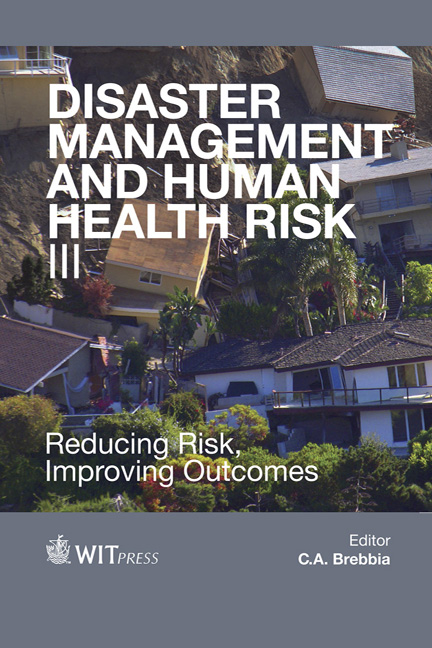Study Of The Liquefaction Phenomenon Due To An Earthquake: Case Study Of Urayasu City
Price
Free (open access)
Transaction
Volume
133
Pages
12
Page Range
311 - 322
Published
2013
Size
3,704 kb
Paper DOI
10.2495/DMAN130281
Copyright
WIT Press
Author(s)
S. Kamao, M. Takezawa, K. Yamada, S. Jinno, T. Shinoda & E. Fukazawa
Abstract
Soil liquefaction describes a phenomenon whereby a saturated soil substantially loses strength and stiffness in response to an applied stress, usually earthquake shaking or another sudden change in stress condition, causing it to behave like a liquid. The liquefaction phenomenon due to the Great East Japan Earthquake 2011 occurred to the reclaimed land around the Tokyo Bay area. Urayasu city was caused extensive damage by liquefaction due to the earthquake, and recovery from the disaster is still going on. This paper describes some remarkable damage against the structures due to the liquefaction by the earthquake, and indicates the possibility of liquefaction by current determination methods using published soil profile and N value of SPT (Standard Penetration Test). The authors also carried out a series of laboratory liquefaction tests (the cyclic undrained triaxial test) in order to make clear the characteristics of liquefaction, using Urayasu sand taken from the liquefied site in Urayasu city. Keywords: earthquake, liquefaction, Urayasu city, damage types, liquefaction strength.
Keywords
earthquake, liquefaction, Urayasu city, damage types, liquefaction strength




